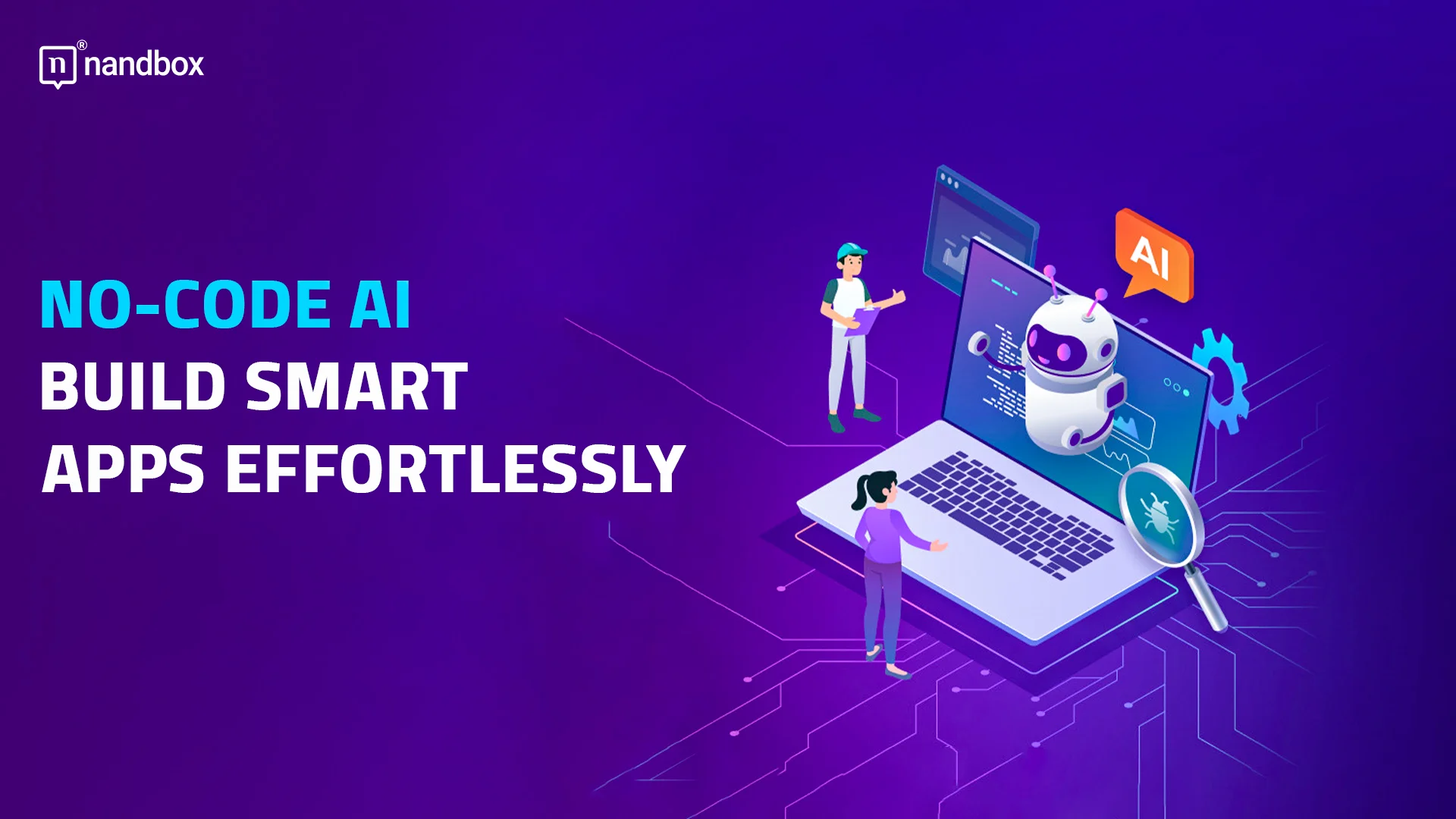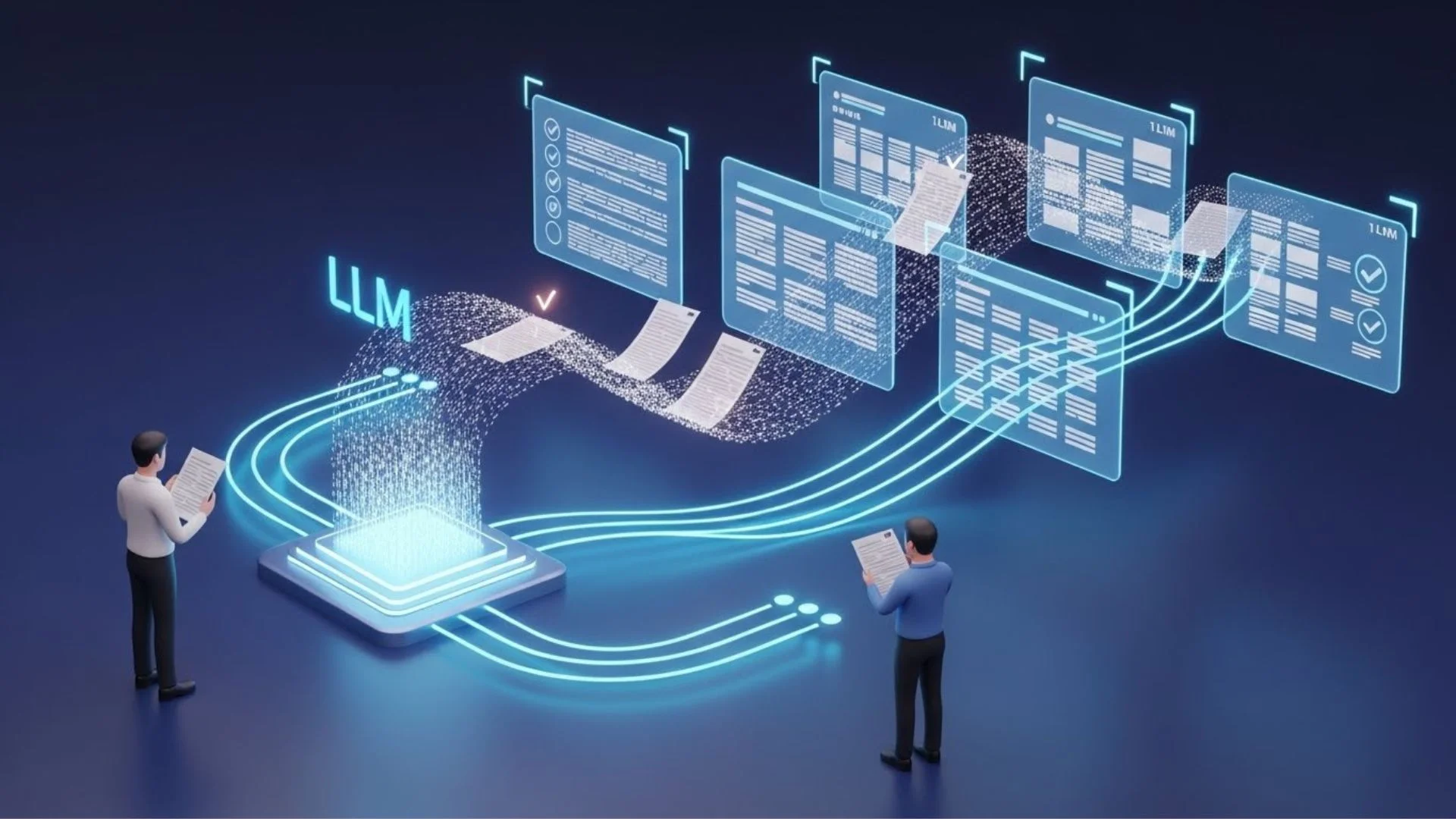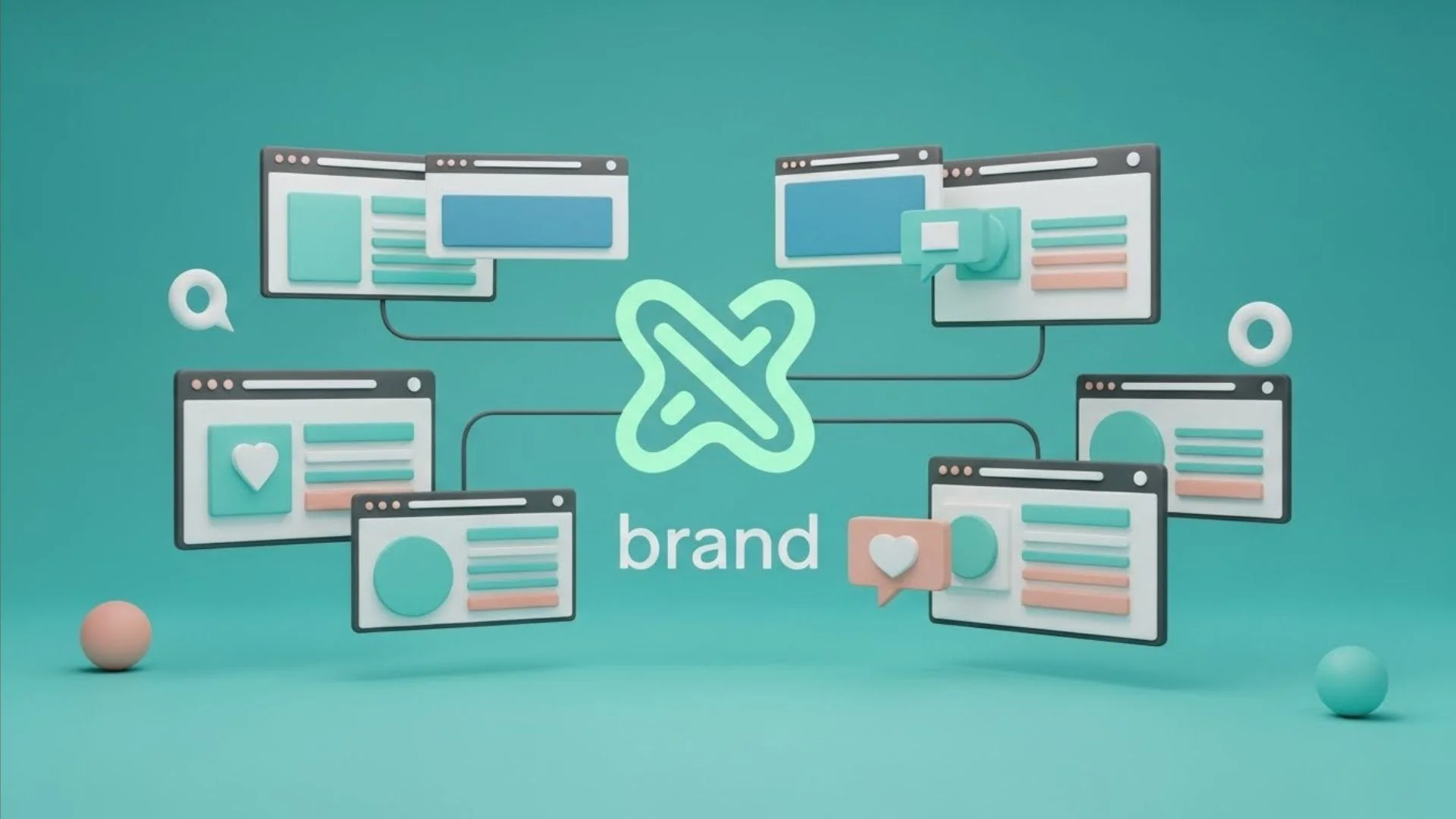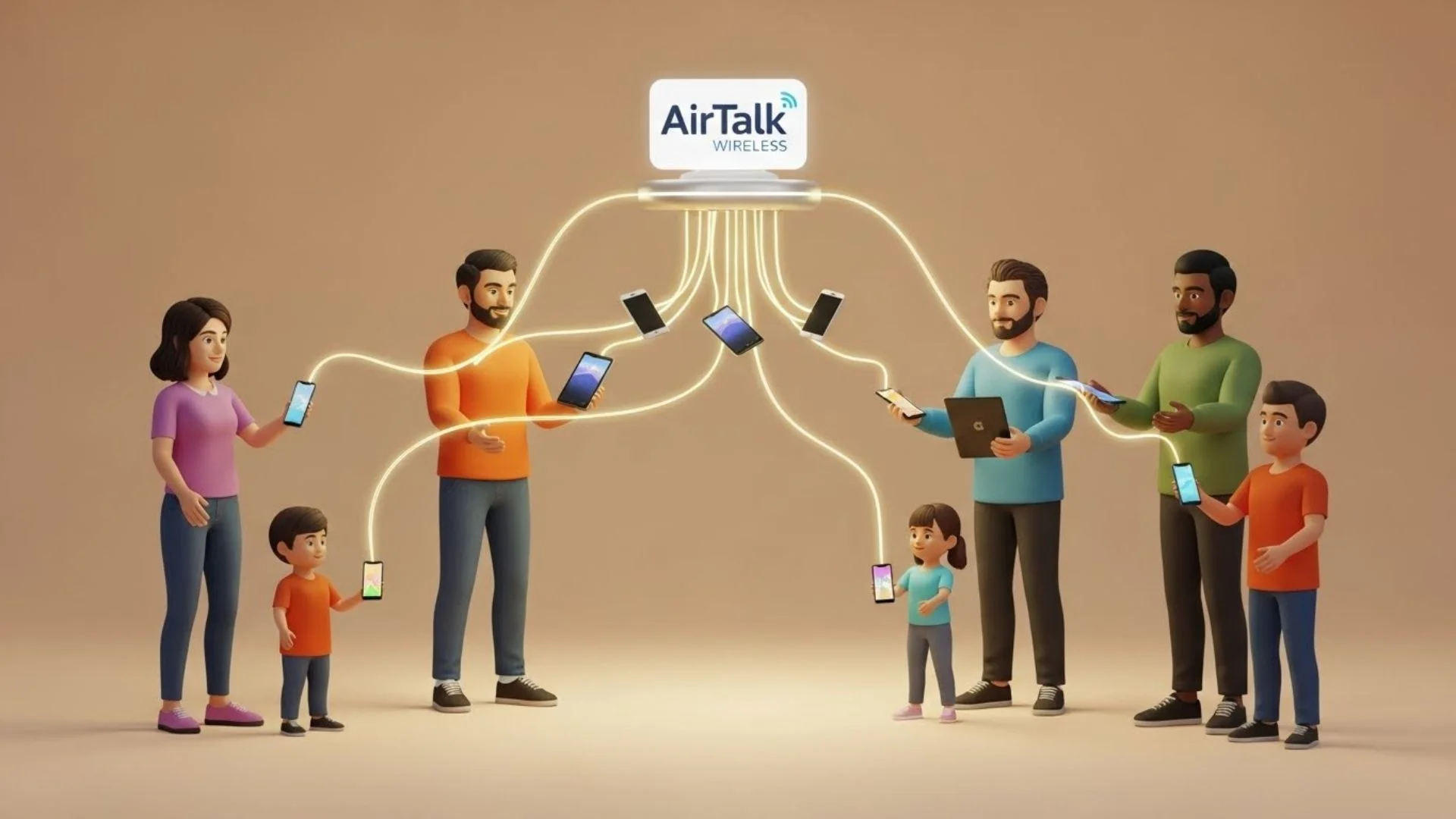The rapid evolution of artificial intelligence (AI) and software development has placed immense pressure on businesses to deliver high-quality software faster than ever. Traditionally, quality assurance (QA) processes have been labour-intensive, requiring specialised coding expertise to create and execute test cases. This reliance on highly technical skills has limited access to testing, slowed production cycles, and increased costs. However, the rise of AI testing tools integrated with no-code platforms is transforming the QA landscape. These tools empower users with little to no programming experience to automate and execute tests efficiently, making quality assurance more accessible, scalable, and efficient.
In today’s digital age, businesses cannot afford software bugs or delays in product releases, as both can lead to significant revenue losses and reputational damage. According to a report by Capgemini, poor software quality cost U.S. businesses an estimated $2.08 trillion in 2020 alone, highlighting the urgent need for improved testing solutions. No-code AI testing platforms address these challenges by simplifying test creation, streamlining workflows, and democratising QA processes. The result is faster delivery of reliable software, enhanced collaboration between technical and non-technical teams, and significant cost savings.
Understanding No-Code AI Testing Platforms
No-code AI testing platforms are software tools that enable users to create, manage, and automate tests without writing a single line of code. Unlike traditional test automation frameworks, which require extensive scripting and programming, no-code platforms feature intuitive, visual interfaces that allow users to design and execute tests with simple drag-and-drop functionality. By leveraging AI, these tools can automatically generate test scripts, analyse results, and identify defects with minimal human input.
The unique blend of AI capabilities and no-code design makes these platforms accessible to non-technical team members, such as business analysts, product managers, and QA professionals. For example, AI can identify patterns in software behaviour, predict errors, and suggest test cases to ensure comprehensive test coverage. Gartner estimates that by 2025, 70% of new applications will be developed using low-code or no-code platforms, reflecting the growing adoption of such technologies. This trend extends to software testing, where no-code AI tools are revolutionising how organizations approach QA, making it faster, more inclusive, and more effective.
Democratising Quality Assurance
The democratisation of quality assurance made possible by no-code artificial intelligence testing systems is among their most transforming effects. QA procedures in the past limited a small number of developers and technical experts with programming knowledge. This strategy not only caused traffic jams but also limited involvement of non-technical team members, therefore lowering the general effectiveness and inventiveness of the testing process.
By removing these obstacles, no-code systems let anyone—from all backgrounds—to engage in QA procedures. Visual interfaces let product managers, designers, and business analysts generate and run test cases, for example. This inclusiveness guarantees that testing fits company objectives and user expectations, thereby improving cooperation among departments. Studies using no-code solutions reveal a 40–60% decrease in development and testing time, allowing quicker product releases without sacrificing quality.
Furthermore, democratizing QA procedures lessens reliance on highly qualified testers, who can be expensive and difficult to locate. Companies may maximise their personnel, reduce running costs, and hasten time-to- market by allowing non-technical users to help with testing initiatives. This simplicity helps companies to adopt a more agile and effective method of software development.
Accelerating Test Automation with AI
Although technical complexity inherent in automation has often made its deployment difficult, it has long been a main driver of efficiency in software testing. By making test automation faster, simpler, and more easily available to a larger audience, no-code artificial intelligence testing systems solve this problem. Unlike conventional automation, which mostly depends on scripting, no-code platforms let users generate automated test cases using simple processes and AI-driven recommendations.
By raising accuracy and flexibility, artificial intelligence is very important in expanding test automation. Machine learning algorithms, for example, can examine past test data to find trends, project areas likely to fail, and maximize test conditions. AI can also handle duties including visual regression testing, in which case software interfaces are reviewed for inadvertent modifications guaranteeing consistent user experiences. This degree of automation lowers manual work and increases test coverage, therefore enabling teams to find problems early and produce better-quality software.
Tricentis’s research indicates that automated testing can increase general productivity by 50% and cut testing expenditures by up to 30%. By letting non-technical people help with automation initiatives, no-code platforms magnify these advantages even more. This allows companies to keep great degrees of precision and dependability while more successfully scaling their testing procedures.
Improving Software Quality and Reliability
The integration of AI in no-code platforms does more than just simplify testing—it significantly improves the quality and reliability of software. AI-driven features, such as predictive analysis, anomaly detection, and self-healing scripts, enable these platforms to identify and resolve issues faster than traditional methods.
For example, predictive analysis allows AI to analyse software behavior and predict potential failures before they occur. This proactive approach helps teams address issues early in the development cycle, reducing the likelihood of bugs reaching production. Similarly, anomaly detection tools can identify irregularities in test results, ensuring that no defects are overlooked. AI-powered no-code platforms can also adapt to changes in software, automatically updating test cases as applications evolve.
Cost Efficiency and ROI
One of the biggest advantages of no-code AI testing platforms is their cost efficiency. Traditional testing methods often involve significant investments in skilled personnel, training, and manual processes, all of which contribute to high operational costs. No-code platforms minimise these expenses by enabling non-technical users to participate in testing, reducing the need for specialised resources.
Organisations that adopt no-code AI testing tools can achieve a higher return on investment (ROI) through faster testing cycles, reduced labor costs, and fewer software defects. According to a Forrester report, businesses using no-code platforms have experienced a 20–30% reduction in testing costs while improving delivery speed. By streamlining QA processes and automating repetitive tasks, no-code platforms allow teams to focus on innovation and value-driven activities.
The Future of Quality Assurance
The emergence of no-code artificial intelligence testing systems marks a basic change in corporate attitude to quality control. These platforms will become more and more crucial in modernizing testing procedures as companies keep giving agility, speed, and creativity top priority. The increasing need for digital transformation and AI-driven technologies speeds up the acceptance of no-code solutions in many different sectors.
No-code and low-code platforms are expected to rule software testing methods by 2024, allowing companies to reach hitherto unheard-of degrees of efficiency and quality. No-code AI testing technologies are altering the QA scene and assuring that businesses may provide dependable software at scale by empowering non-technical personnel, improving automation, and driving cost savings.
Final Thought
By democratising access to testing, improving automation, and increasing software dependability, the emergence of no-code artificial intelligence testing systems is transforming quality assurance. These systems enable non-technical users to engage in QA procedures, therefore promoting cooperation, cost control, and fast software delivery. Predictive analysis and anomaly detection, among other AI-driven capabilities, improve testing accuracy and efficiency even further, enabling companies to provide premium software solutions far faster than previously possible. No-code AI testing systems will be increasingly important in determining the direction of quality assurance as companies keep embracing digital transformation, therefore enabling more accessible, agile, efficient quality assurance for all.
nandbox App Builder
No-Code AI is changing how businesses construct intelligent applications by eliminating the need for sophisticated coding. It enables users to add AI-powered features such as chatbots, predictive analytics, and automation to their apps using easy drag-and-drop tools. With the nandbox App Builder, organizations can use No-Code AI to develop smart, feature-rich mobile apps without writing a single line of code. The platform provides seamless AI integration, resulting in tailored user experiences, real-time data processing, and increased automation. Companies may use nandbox to accelerate app development, decrease expenses, and leverage AI’s capacity to promote innovation and efficiency.





